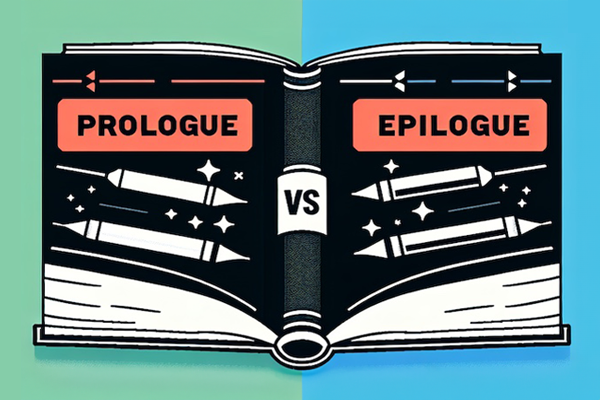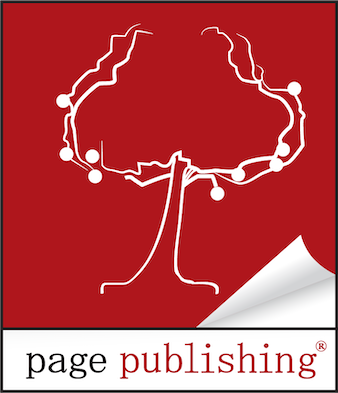
In the art of storytelling, authors often grapple with the decision of whether to include a prologue or an epilogue in their narrative. These literary devices, when wielded skillfully, can enhance the overall reading experience, providing depth, context, and closure to a story. In this article, we’ll unravel the mysteries of prologues and epilogues, discussing their unique roles and differences to help authors make informed choices when including them in their work.
Prologue: Setting the Stage
A prologue serves as the opening act, an enticing glimpse into the world readers are about to enter. Its primary purpose is to provide essential background information, context, or a dramatic scene that sets the stage for the main story. While not every story demands a prologue, it can be a powerful tool when used judiciously.
Establishing Context:
A prologue allows authors to introduce crucial elements that might not fit seamlessly into the main narrative. Whether it’s historical context, a prophecy, or a significant event that occurred before the main story, the prologue serves as a literary time capsule, preparing readers for the journey ahead.
Creating Intrigue:
By offering a taste of the story’s essence without fully revealing its secrets, a prologue can spark curiosity and captivate readers. It acts as a hook, compelling them to read further into the narrative to uncover the mysteries hinted at in those opening pages.
Shaping Tone:
Prologues can also be instrumental in establishing the tone and atmosphere of the story. They provide a canvas on which authors can paint the emotional landscape, giving readers a glimpse of the mood and ambiance that will color the unfolding tale.
Epilogue: The Final Flourish
On the other end of the literary spectrum, an epilogue serves as the story’s encore, offering a glimpse into characters’ lives after the main events have concluded. It provides closure, tying up loose ends and offering readers a satisfying resolution.
Closure and Resolution:
The primary function of an epilogue is to offer closure. It allows readers to witness the aftermath of the story, addressing any lingering questions or concerns. It can provide a sense of fulfillment, assuring readers that the characters they’ve invested in have found resolution and closure.
Time Jump:
Epilogues often include a time jump, showing characters in a different phase of life. This shift provides readers with a broader perspective on the impact of the story’s events and how the characters have evolved over time.
Reflecting on Themes:
An epilogue can serve as a space for reflection, allowing authors to revisit the story’s themes and highlight any moral or philosophical lessons. It gives readers the opportunity to ponder the broader implications of the narrative.
Differences and Considerations
Placement in the Narrative:
The most obvious difference between a prologue and an epilogue is their placement within the story. A prologue typically precedes the main narrative, setting the stage for what is to come, while an epilogue follows the climax and resolution, providing a glimpse into the characters’ futures.
Purpose and Function:
Prologues focus on establishing the groundwork for the story, creating intrigue, and shaping the narrative’s tone. On the other hand, epilogues concentrate on providing closure, resolving lingering questions, and offering readers a final reflection on the story’s themes.
Necessity and Relevance:
While both prologues and epilogues can be valuable tools, they are not universally necessary. Authors should carefully consider whether their story requires these elements and if they contribute meaningfully to the overall narrative. Overuse or unnecessary inclusion may dilute their impact.
The decision to include a prologue or an epilogue is a strategic choice that can greatly influence the reader’s experience. Both devices, when employed with intention and precision, have the power to enrich the narrative, providing context, intrigue, closure, and reflection. As authors navigate the literary landscape, understanding the nuances of prologues and epilogues will empower them to make informed decisions, ensuring that every element serves the greater purpose of crafting a compelling and unforgettable story.
